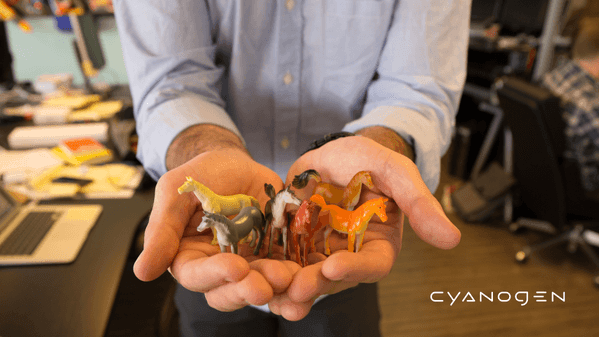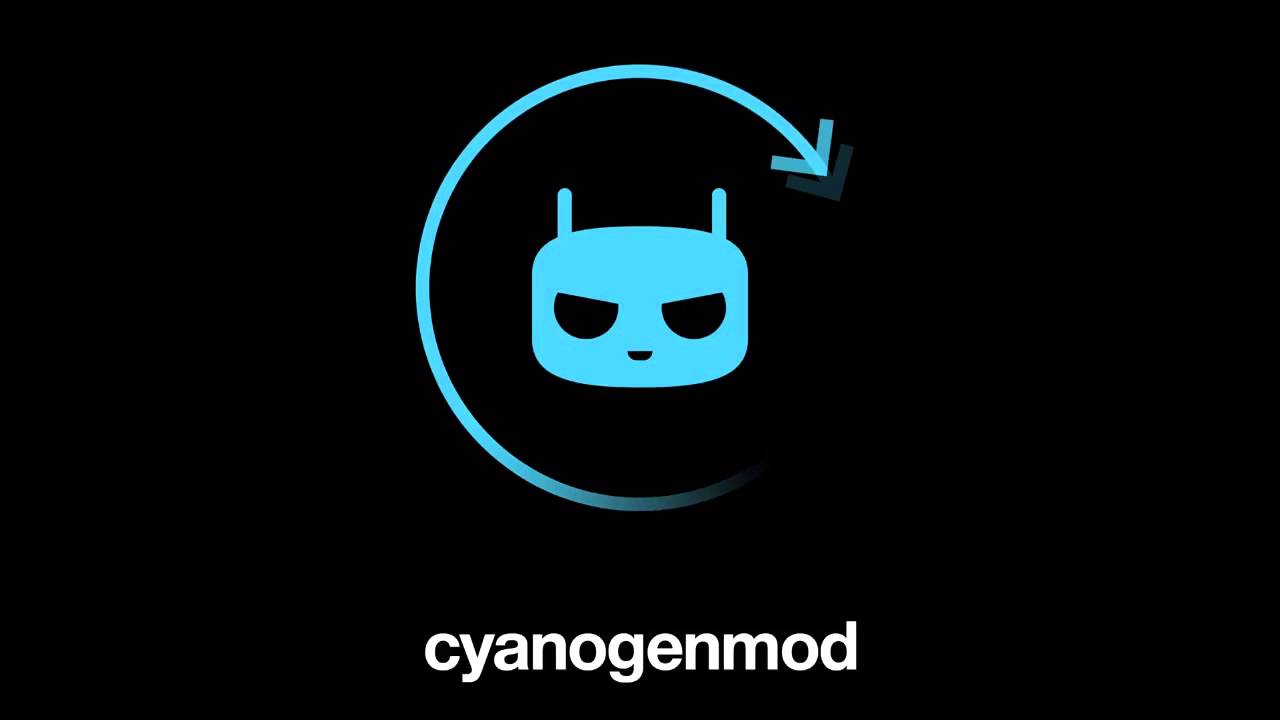In any industry, a startup has two kinds of endings - it either turns into a thriving company, or it succumbs to failure. In one of the most recent events in the world of tech, Cyanogen witnessed an unfortunate but not so surprising shut down.

The OS made its way to many OEMs including Micromax-backed YU and Lenovo-backed ZUK. Even though the rumour mill had been hinting on the approaching shutdown of the company, yesterday, it has been made official in a brief blog post on Cyanogen's website. In a blog post, Cyanogen stated that the Cyanogen-backed nightly builds and services would shut down by December 31. However, it did mention that the source code and open source project will still be accessible for developers who want to continue developing CyanogenMods.
It means that there will not be any future updates for the smartphones running Cyanogen ROMs such as the Yu Yureka, OnePlus One, and ZUK Z1.
What's the future of Cyanogen OS-Powered smartphones?
The shutdown of Cyanogen OS is expected to not cause critical impact on powered devices. It will not affect the major software components in the, at least that's what the industry experts hope. However, the real deal will come forth after December 31. Many experts insist that the users of Cyanogen-powered smartphones must know how to switch into the CyanogenMod ROM, which is the most flashed custom ROM. It is flashed after unlocking the bootloader on the device and entering into custom recovery. There are many online tutorials that can help the users in understanding the process.
CyanogenMod is developed as free and open source software based on the official releases of Android by Google, with superimposed original and third-party code. It is managed by a community of developers under Steve Kondik and is still not released for commercial usage. The company announced that the main CyanogenMod project would migrate, renaming itself as LineageOS.

In a post today titled “A Fork in the Road,” the developers behind CyanogenMod voiced their opinion. They wrote,“In addition to infrastructure being retired, we in the CM community have lost our voice in the future direction of CM – the brand could be sold to a third party entity as it was an asset that Kondik risked to start his business and dream. Even if we were to regroup and rebuild our own infrastructure, continuing development of CM would mean to operate with the threat of sale of the brand looming over our heads.”
The CyanogenMod team, after the announcement of Cyanogen's shutdown, stated that even though the infrastructure behind CyanogenMod is being killed, they will still keep CyanogenMod alive as a project named "Lineage". The team says,"Lineage will return to the grassroots community effort that used to define [CyanogenMod] while maintaining the professional quality and reliability you have come to expect more recently."
What led to Cyanogen's shut down?
Reflecting back on what went wrong; reports indicate that after the corporate reshuffle at the company, which ultimately resulted in the change of positions. Cyanogen's CEO Kirk McMaster stepped down as CEO and settled down for the chairman position while Lior Tal who was the COO of the company, took the throne and became the new CEO of Cyanogen. All the shuffling made way for Cyanogen Modular OS, which was an easier adaption for OEMs as unlike Cyanogen's original OS, this one did not come with conditions.
Cyanogen OS has always been a tough sell as it came with a pre-requisite to give up on Android and Google services altogether for Cyanogen based offerings. Its one of the major partners, OnePlus, did not count on it after its first device. The partnership succumbed to closure after a series of roadblocks, which includes the infamous war of words between Micromax, OnePlus, and Cyanogen.
The company's CEO, Lior Tal, came with a new Cyanogen Modular OS program, which as described by him was “designed to achieve the original objective of an open and smarter Android without the limitations of requiring the full Cyanogen OS stack and individual device bring-ups.” Tal saw Cyanogen Modular OS as a last resort, in a statement made in October, he said,“The new partnership program offers smartphone manufacturers greater freedom and opportunity to introduce intelligent, customizable Android smartphones using different parts of the Cyanogen OS via dynamic modules and MODs, with the ROM of their choice, whether stock Android or their own variant,”
Conclusion
There is still some hope left for the Cyanogen Powered devices in the form of CyanogenMod ROMs, but it might take some time to support all the phones or may be just a select few. For the ones who yearn for faster updates, maybe it is time to plan on buying a new phone.















